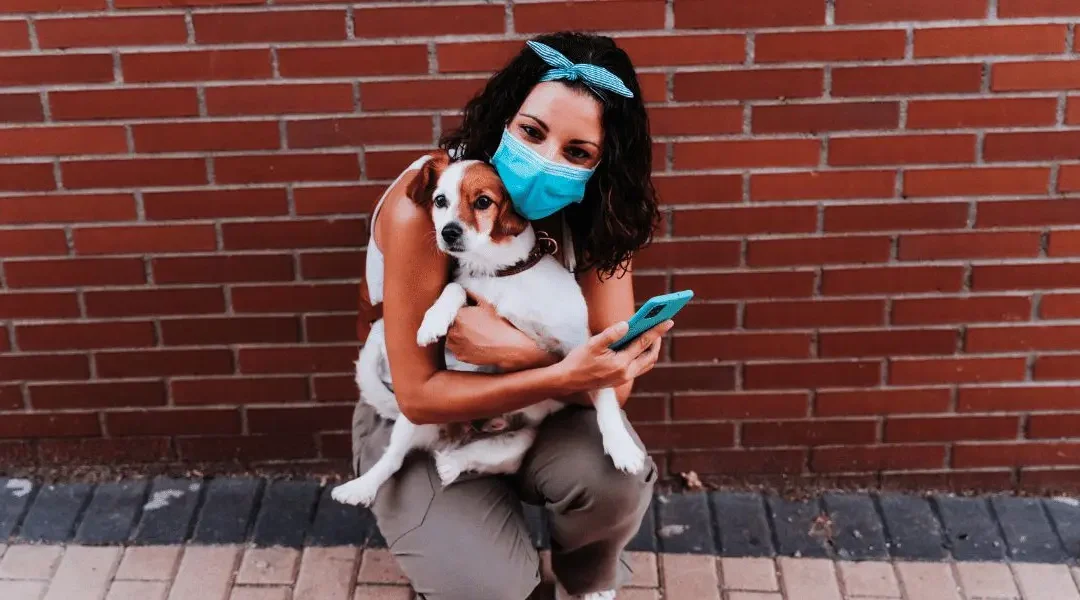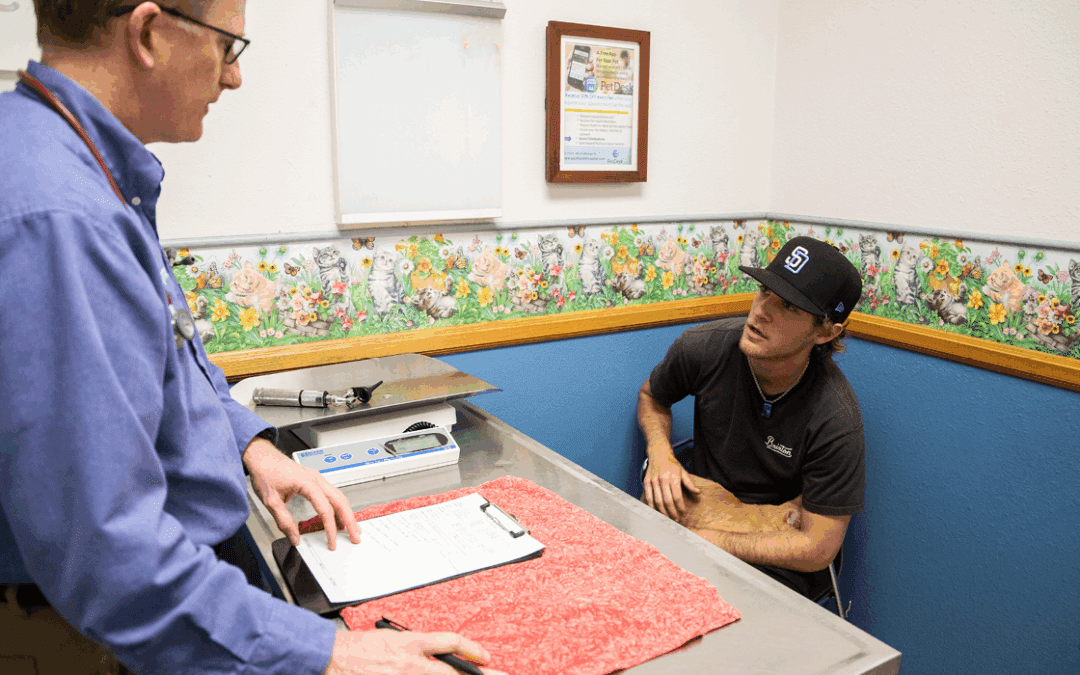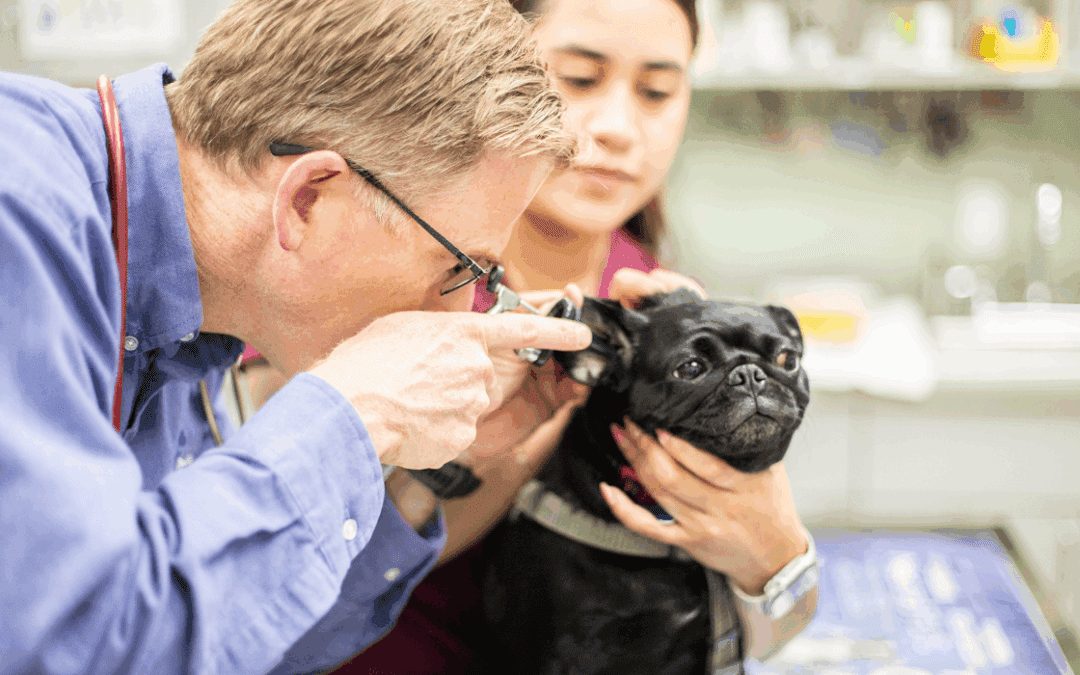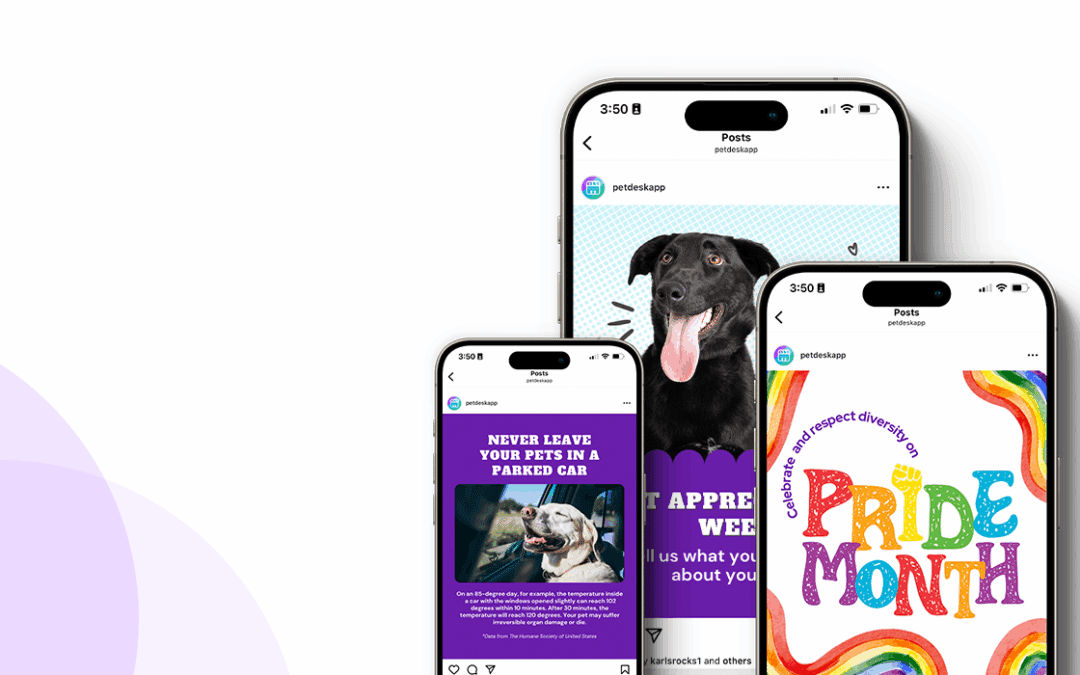Since the start of the pandemic in the spring of 2020, businesses have talked about returning, and what the “new normal” will look like once restrictions have been lifted. Now fast-forward to the summer of 2021. COVID protocols are being reduced across North America, and, if you’re in the midst of reopening or have done so already, it’s time to consider solutions to any challenges reopening may present.
While there is no one-size-fits-all solution to reopening your veterinary practice, there are a few considerations that can assist you in devising a reopening strategy during these unusual and trying moments. In our previous blog, we laid out the basic ground rules to follow as practices began to think about reopening and how to communicate changes with clients. This article aims to provide operational considerations that can help guide you to ask the right questions of your doctors and staff, and ultimately facilitate a seamless transition of your newly reopened practice.
Are we keeping veterinary curbside services?
The biggest question reopening clinics are asking is “What are my choices when it comes to reopening the practice?” Whether your practice wants to continue to provide curbside for clients, or switch to a more hybrid model using the best of both worlds, or even consider just reopening completely, there’s different options to think about.
In PetDesk’s roundtable discussion about vet clinic reopening, we polled around 220 attendees whether or not they intended to keep curbside.
- 81% plan to keep curbside for waiting in your car vs. in the lobby for appointments
- 79% plan to keep curbside for medication pick-up
- 65% plan to keep curbside for pet drop-off
Of those, only 7% didn’t plan on keeping any kind of curbside service! So if the shift to curbside has helped your practice, you can decide what aspects of curbside service you’d like to preserve as you plan your vet clinic reopening strategy.
If you are switching to a hybrid model, what else will need to be planned, and what limitations will be in place that were not prior to 2020? Here are some additional questions to take into account:
- How will doctor exams be handled?
- Will you accept appointments with your veterinary technicians?
- What situations will allow clients to return face-to-face?
What’s the clinic layout going to look like?
You don’t need to master the art of Feng Shui to figure out the best layout for your practice, and this isn’t about what piece of furniture you’re going to put in the commanding position. You want to keep your staff and your clients healthy by creating an environment where everyone feels safe.
For starters, depending on how you’re reopening, will you even provide a lobby for clients to sit and wait, or will you offer a drive-up lobby where clients will either drop off patients or wait in their cars until an exam room opens up?
Consider the following questions for clinic layout:
- Even if protocols have been lifted, how will you space out chairs and tables, and how many people will that hold at any given time?
- Are you going to require masks for unvaccinated clients?
- For in-person appointments, who will be allowed in the exam rooms? Will it just be the doctor and client? Just the vet tech? Or will you allow clients to go into the exam rooms instead of waiting in the lobby?
- Are there exceptions to the rule? For example, will you allow children to enter with their parents if necessary?
How are we going to schedule our staff?
Practices are already booking further out in the calendar than ever before. So much so that PetDesk adjusted the appointment requester limits so that practices can allow clients to request 4, 6, and even 10 weeks out!
As you’re planning your reopening, managing your schedule should be top of mind. No client wants to wait almost 2 months for an appointment. Adjusting your appointment length to accommodate curbside appointments – whether it’s allocating less or more time – presents an opportunity for you to decide if you want to keep your existing appointment length or adjust it again.
There is no “right” decision here! You need to balance your staff’s capacity and wellbeing with the length of time between now and your first available appointment. Your staff cares about pets too, so it’s a good idea to gather input on these decisions with a team meeting.
And don’t forget about your same-day appointments! Because practices schedule so far out, same-days have become more important and valuable. You should consider these same-day appointments as another lever to pull to ensure you’re delivering adequate and timely care. This may mean designating a doctor for same-day or walk-in appointments, or it may mean lowering the amount to allow your doctors to see more scheduled appointments.
How do we address the booking-out problem?
Your patients are your number one priority. With summer in full force on top of reopening, you are probably familiar with the influx of appointments coming your way.
- So when booking appointments, how far ahead do you generally book them?
- Will there be a limit on how far out your appointments will be booked and will your post-COVID regulations change?
- And, for emergency visits, how will your practice triage patients and assess the priority in which you bring them in?
More appointments means more phone calls for your front desk staff. Consider an easy-to-use veterinary client communication tool like PetDesk that allows your clients to schedule appointments on their smartphone and forgo calls that tie up your staff.
How are you communicating these changes with your clients?
Everyone has been through a lot since March of 2020. You probably already have some lessons you learned about how to minimize confusion among your veterinary clients when your operations change.
It’s important to plan out communications with clients that reinforce one another, clearly explain and set expectations, and reflect your unique clinic’s voice. Here are some places you may consider communicating changes:
- Your Website. Set expectations with new and returning clients that visit your webpage. Practices have used pop-ups on the homepage, a banner, a special page, or some combination of these. Contact your website administrator and explore options.
- Your Social Media: Use your social channels using a fun graphic and some text to announce your changing operations. Record a video with your smartphone and post it to your stories.
- Health Service Reminders: Many appointments originate with a client receiving a reminder – so set their expectations early! A quick blurb explaining your change in operations, or to help set expectations for a scheduling period, can mitigate confusion with clients
- Appointment Requests: During a digital appointment request flow, convey to your clients what exactly the experience will entail during this visit. Whether it’s a “You can come in now!” or a gentle reminder that you are still not allowing clients to come into the lobby, this is a great place to help frame your appointment experience early.
- Appointment Confirmations: Once the appointment is on the book, reinforce the previous messages with your appointment reminders. Remind your clients of the new operational protocols you’re following, and how you’d prefer they participate.
- Phone Calls with Your Front Desk: Write up a script for your front desk to follow during or after scheduling an appointment with a client. You likely already have something like this, so a brief addendum will ensure that every client you speak to prior to a scheduled appointment has heard your protocols at least once/
After you’ve taken into account all of the above considerations for your practice reopening, the last important step is to communicate with your clients in order to keep them informed, and also to keep your staff sane. Need some help along the way? Download our Hot Pet Summer Survival Kit which has resources to help you with reopening.
The Bottom Line: Do What’s Best and Communicate
It’s critical to find a solution for all of these considerations and build a plan to ensure your transition and do so ahead of time in order to make the reopening transition go as smoothly as possible. The stress you, your staff, and your clients and patients will face during the transition will be considerably reduced if you create a strategy with a desired time frame and step-by-step protocols.
It’s safe to say that every reopening plan will evolve over time. Whatever changes you make, and regardless of your reopening strategy, make all policies and procedures clear to your team and clients. Choose a variety of channels such as posting the most up-to-date protocols on your website and social accounts, sending out regular updates via mass messaging, or calling or texting clients — so they feel in-the-know.
The success of your practice is dependent on the well-being of your employees. While you’re planning your reopening approach, make sure you’re doing what’s best for them, your clientele, and your patients.
Watch the Webinar On-Demand!
For more ideas on what other clinics are doing regarding reopening, watch our latest webinar: “Tales from the Front Desk: Vet Clinic Reopening” where we interviewed three practice managers on what they’ve done to keep their staff, clients, and patients happy and healthy:
See the power of PetDesk for yourself—for free
Save time and grow your business with custom websites and digital marketing, 24/7 error-free booking, a PIMS-VoIP phone system, plus a client engagement platform with a mobile app.






